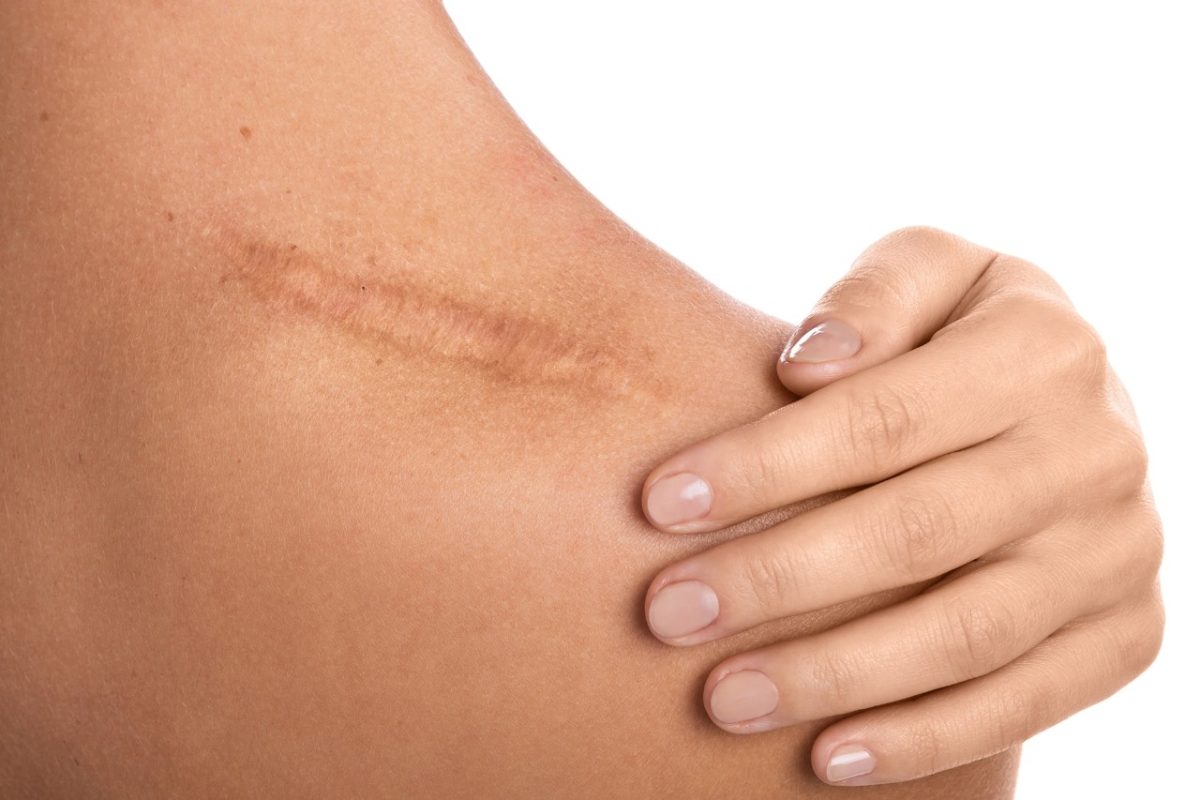Health
How to break up scar tissue: Effective methods

Scar tissue forms as a natural part of the body’s healing process after an injury, surgery, or trauma. While it plays a critical role in recovery, excessive or rigid scar tissue can cause discomfort, reduced mobility, and cosmetic concerns.
Understanding how to break up scar tissue safely can help restore flexibility and health of life.
This article outlines proven methods for addressing scar tissue, including therapies, exercises, and medical interventions.
What is scar tissue?
Scar tissue consists of fibrous connective tissue that replaces damaged skin, muscles, or tendons during the healing process. Unlike normal tissue, scar tissue is less elastic and may feel thicker or tighter, potentially leading to functional limitations.
Common causes of scar tissue
- Injuries: Cuts, burns, or deep wounds often result in scar formation.
- Surgeries: Post-surgical scars, including those from C-sections or joint replacements, are common.
- Chronic inflammation: Conditions like tendinitis or arthritis may lead to internal scar tissue.
- Overuse injuries: Repetitive stress on muscles and tendons can create scar-like adhesions.
Why break up scar tissue?
Breaking up scar tissue is important for restoring mobility, reducing pain, and improving the appearance of the affected area. It also prevents complications like adhesions, which can limit movement by binding tissues together abnormally.
How to break up scar tissue
Effective tips for recovering:
1. Massage therapy
Massage therapy is one of the most effective methods for breaking up scar tissue. Targeted pressure helps increase blood flow, reduce adhesions, and restore tissue mobility.
- Cross-friction massage: Use your fingers to apply gentle back-and-forth pressure across the scar. This technique helps loosen adhesions.
- Circular massage: Massage the scar in small, circular motions to promote flexibility and reduce stiffness.
- Professional assistance: Seek a licensed massage therapist for deeper or larger scars.
2. Stretching and mobility exercises
Regular stretching improves the elasticity of scar tissue and prevents it from becoming too rigid.
- Dynamic stretching: Incorporate controlled movements, such as arm circles or leg swings, to gently mobilize the scarred area.
- Passive stretching: Use slow, sustained stretches to elongate scar tissue without causing discomfort.
- Consistency: Perform stretches daily for the best results.
3. Heat therapy
Applying heat to scar tissue increases blood flow and softens the tissue, making it easier to manipulate.
- Heating pads: Place a heating pad on the affected area for 15–20 minutes before stretching or massaging.
- Warm baths: Soaking in a warm bath can relax scar tissue and surrounding muscles.
- Caution: Avoid overheating, as it can irritate the skin or exacerbate inflammation.
4. Physical therapy
Physical therapy combines targeted exercises and manual techniques to break up scar tissue and restore function.
- Custom exercise plans: A physical therapist can design exercises tailored to your specific needs and limitations.
- Manual therapy: Techniques like myofascial release and soft tissue mobilization can help reduce scar adhesions.
- Progress monitoring: Regular sessions ensure gradual and safe improvement.
5. Silicone gel or sheets
Silicone-based products are commonly used to flatten and soften external scars.
- Silicone sheets: These adhesive sheets are applied directly to the scar for several hours a day.
- Silicone gel: A topical gel that can be massaged into the scar to reduce its thickness and rigidity over time.
- Effectiveness: Results may take weeks to months of consistent use.
6. Ultrasound therapy
Ultrasound therapy uses sound waves to penetrate the skin and break up scar tissue.
- Deep tissue benefits: The vibrations increase blood flow and promote tissue flexibility.
- Medical setting: This treatment is typically performed by a healthcare professional or physical therapist.
- Pain management: Ultrasound therapy may also reduce pain associated with scar tissue.
7. Corticosteroid injections
For severe or persistent scars, corticosteroid injections can reduce inflammation and soften tissue.
- Ideal for keloids: These injections are particularly effective for raised or thick scars.
- Medical supervision: Administered by a dermatologist or physician.
- Follow-up: Multiple sessions may be required for optimal results.
Preventing scar tissue build-up
Adhering to medical advice after an injury or surgery minimizes the risk of excessive scar tissue formation. This may include proper wound care and avoiding overexertion during recovery.
Stay active
Light movement and exercises early in the recovery process can prevent stiffness and encourage proper tissue alignment.
Use compression therapy
Compression garments reduce swelling and support proper scar formation, particularly after surgeries like joint replacements or cosmetic procedures.
Hydrate and moisturize
Keeping the skin hydrated enhances elasticity and prevents scar tissue from becoming overly rigid. Use gentle moisturizers or prescribed ointments.
When to seek professional help
While home treatments are effective for many, some cases of scar tissue require medical intervention.
Persistent pain or stiffness
If scar tissue significantly limits movement or causes ongoing discomfort, consult a healthcare provider.
Large or internal scars
Extensive scars, such as those from major surgeries, may benefit from professional therapies like ultrasound or corticosteroid injections.
Cosmetic concerns
For individuals bothered by the appearance of scars, dermatologists can recommend treatments like laser therapy or surgical revision.
To summarize
Learning how to break up scar tissue is essential for improving mobility, reducing pain, and restoring quality of life after an injury or surgery. Techniques like massage, stretching, and heat therapy can be highly effective when applied consistently.
For more complex cases, professional treatments like physical therapy or ultrasound provide targeted relief. By understanding and addressing scar tissue, individuals can achieve a smoother recovery and enhanced well-being.
